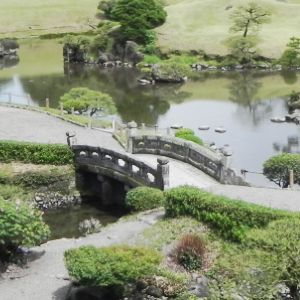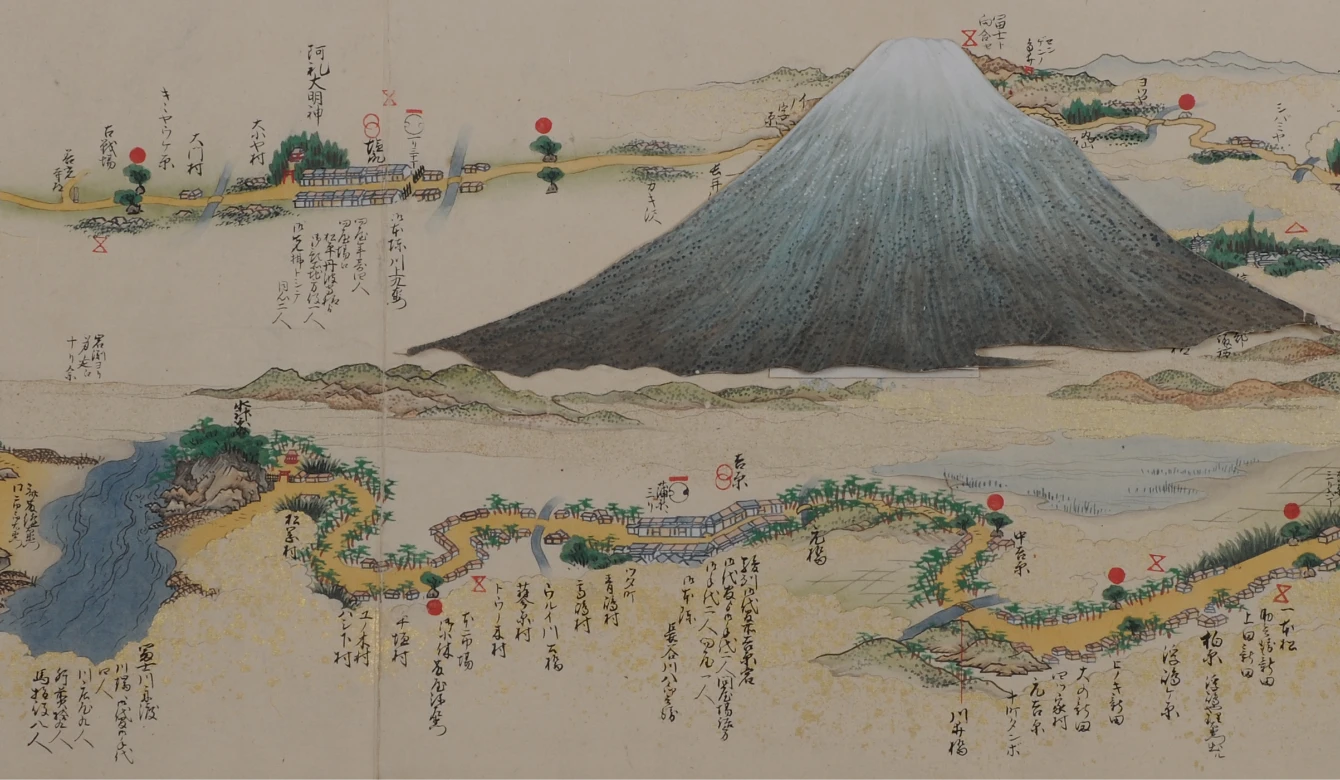
History
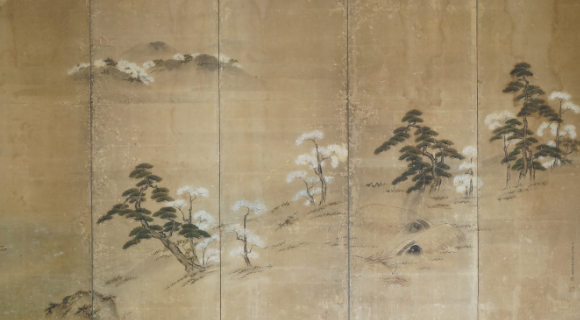
1632-
In 1632, Lord Hosokawa Tadatoshi, the head of the Higo Hosokawa family, became the first daimyo of the Kumamoto domain.
Lord Tadatoshi built a temple named 'Suizenji' to the southeast of Kumamoto Castle for the chief priest Gentaku, who had come to Kumamoto from Buzen (present-day Nakatsu in Oita Prefecture).
During one of his falconry excursions, Lord Tadatoshi was impressed by the clear spring water welling up in the area. He had a teahouse built on the site, which became known as 'Suizenji Teahouse'.
This marked the start of Suizenji Jōjuen.
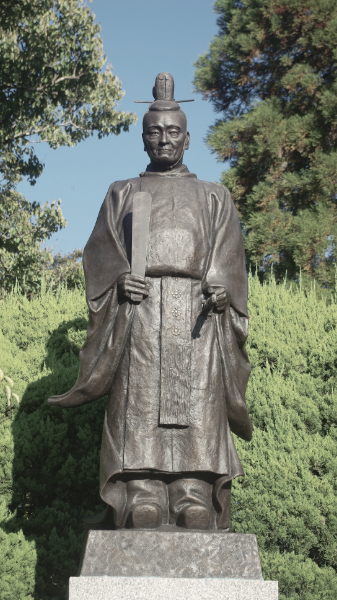
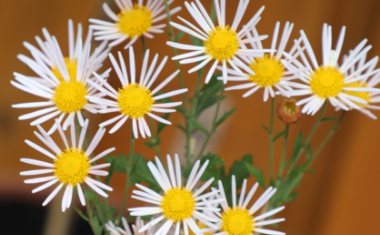
1671-
Large-scale landscaping took place under the second daimyo, Lord Hosokawa Mitsunao, and the third daimyo, Lord Hosokawa Tsunatoshi. In 1671, a promenade garden (kaiyū-shiki-teien) was completed in a refined, Momoyama-period style. It was named 'Jōjuen' in reference to a line from Tao Qian's classic Chinese poem Come Away Home (Gui Qu Lai Ci).

1688-
During the decadent Genroku era (1688–1704), a number of summer pavillions (azumaya) were constructed.
However, under Lord Hosokawa Shigetada, the buildings were removed in accordance with the Hōreki Reforms (1752), leaving behind only one teahouse called Suigetsu-tei. Jōjuen became a modest garden of pine trees and shrubs.
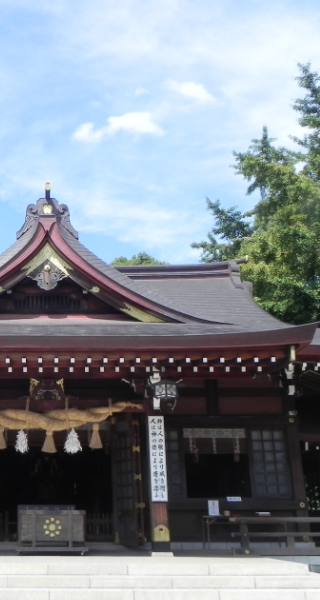
1869-present
Under Hosokawa Morihisa, the garden temporarily became state-owned due to the abolition of the domain system in 1868, which put land back under the emperor's authority. On the 7th of October, 1878, Izumi Shrine was established on the site of Jōjuen and dedicated to the historical lords of Kumamoto domain – Lord Hosokawa Fujitaka, Lord Hosokawa Tadaoki, and their successors.
